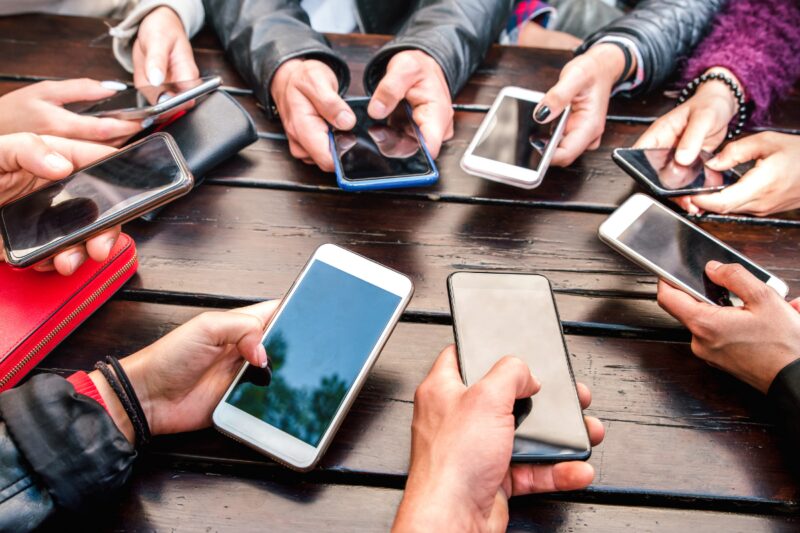Since the Industrial Revolution, technology has transformed American lives in a number of ways. From the invention of the telephone and airplanes to the internet, digital technology has changed how we communicate, learn, and buy.
One of the most important ways technology is changing American habits is by making wants into needs. These changes are driven by new regulations and procedures, technology advances, changing demographics, and innovative ways consumers have learned to cope with blurring work, leisure, and education boundaries.
1. Convenience
The United States is sometimes referred to as a “culture of convenience.” Americans live in a fast-paced culture, and most things we need are readily available at all times.
When it comes to shopping, convenience is more important in certain categories than others, especially for purchases that people make more frequently, like groceries and personal care items. Consumers are willing to pay for more convenient service in these areas, even if it means paying a little more.
Convenience can also be a powerful tool for brand loyalty and retention, as customers are more likely to choose a store based on its convenience. Offering a variety of options, such as buy online and pick up in store (BOPIS) and two-day shipping, can help retailers meet the needs of consumers who are more concerned with getting what they need quickly.
2. Communication
The evolution of communication technologies has changed how we engage in conversations with others. Text messages, email and group messaging apps can often make it difficult to connect in a way that is as effective as face-to-face interaction.
When you’re chatting with someone over a text or email, you can’t pause, edit or filter out the noise that happens when you talk to others in real life. That’s why it’s important to understand how technology can affect your conversation skills and how to adapt to new technologies when appropriate.
As a result, many Americans have used their technology in ways they never would before. For example, more than half of Americans ages 18 to 29 say they’ve used video calls, social media sites or email to stay in touch with friends and family, compared with a smaller share of adults 65 and older.
3. Education
Schooling is an important part of growing up and becoming an adult. It helps people develop their critical and logical thinking skills and teaches them how to make decisions in their lives.
Historically, education has been an individualized experience. Students are taught in one-on-one or small group settings by a teacher who explains and shows them a variety of things.
Technology is changing that model, bringing more flexible learning options to schools and universities. It also has the potential to empower teachers with new tools and opportunities to better connect with their students.
For example, many schools and districts are adopting a “rotation” model, where students rotate between online and in-person stations during the day. This allows for more individual and small group instruction, saving money and providing a more personalized educational experience.
4. Health
Technology plays a significant role in healthcare, transforming how doctors and patients communicate and work together. Advances in medical imaging, surgical techniques, electronic health records and telemedicine have all helped improve the quality of care.
For instance, smart devices like fitness trackers allow people to monitor their diet, exercise habits, sleep patterns and blood pressure. They also provide data that helps patients create hyper-targeted, personalized health and wellness plans.
Hospitals are increasingly using technologies like telehealth to provide remote care for patients. This can help reduce emergency room visits and lower healthcare costs, while allowing providers to treat more patients in their communities.
5. Entertainment
Entertainment is a term that refers to things that hold the attention of an audience or give pleasure. These include storytelling, music, theatre and dance.
Over many centuries, these forms of entertainment have persisted and evolved to meet the needs of a changing world. They also have the potential to be remixed and retold, which has ensured that they remain recognisable and familiar to people across cultures and time.
In the case of technology, it has enabled people to see, hear and participate in all the familiar forms – stories, music, theatre and dance – wherever they live. It has also made it possible to deliver content quickly and efficiently.



